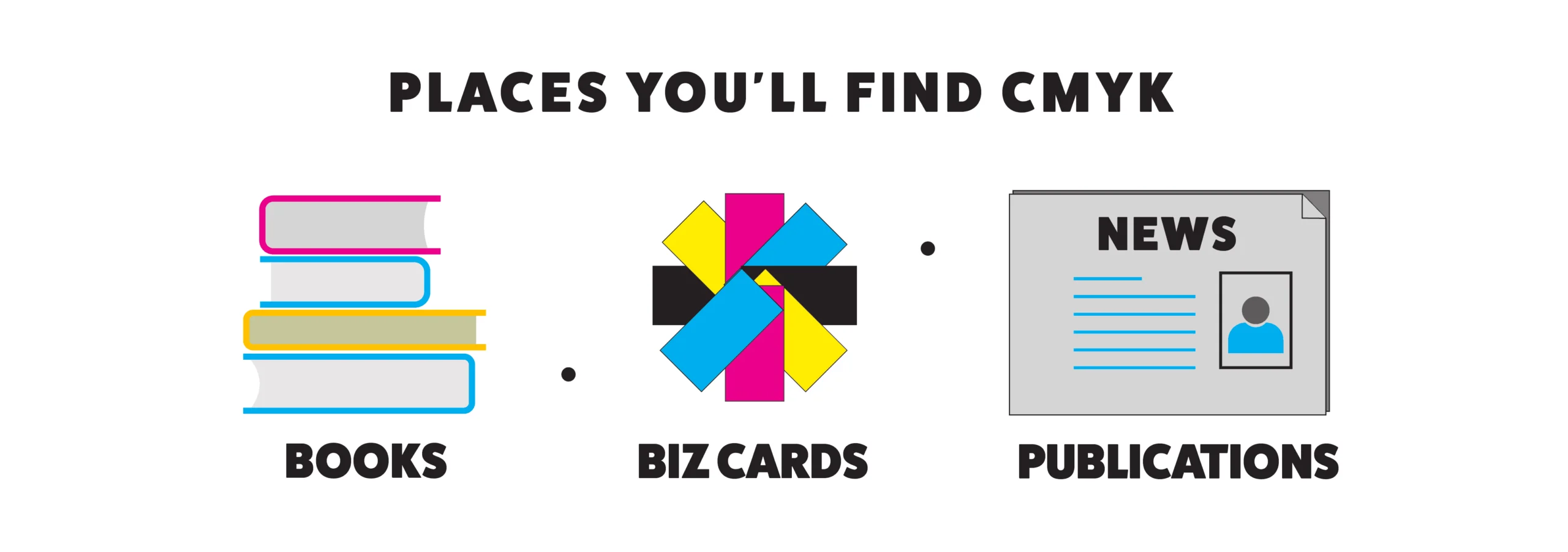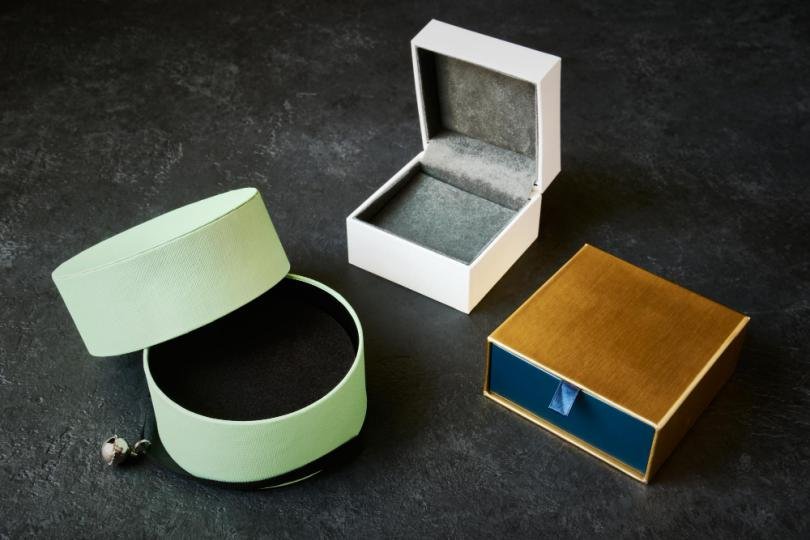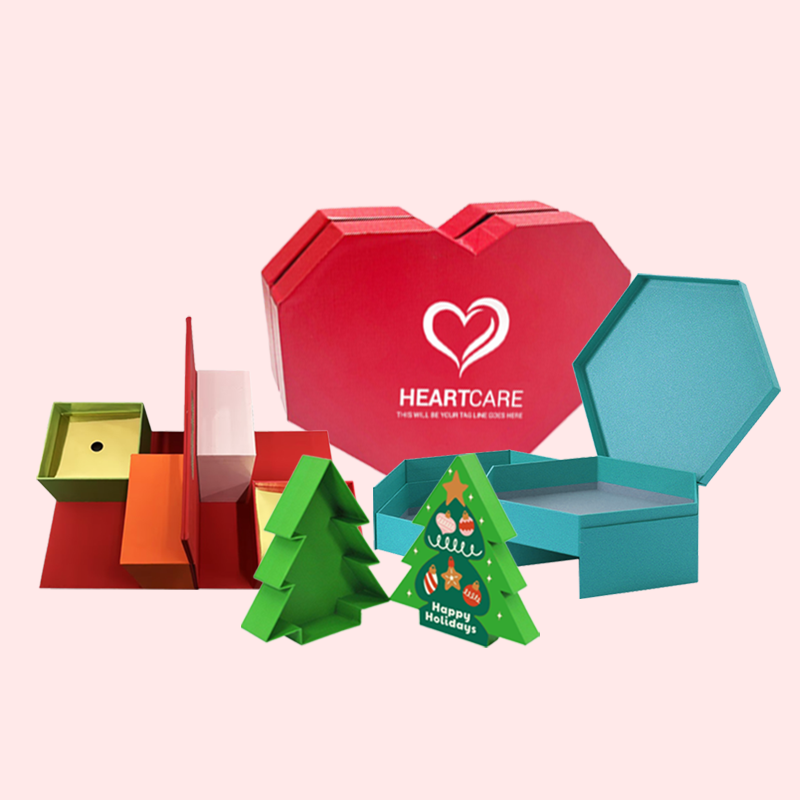Struggling to make your product stand out on a crowded shelf? Your packaging artwork is often the first, and only, chance to capture a customer's attention and drive a sale.
Packaging artwork is a critical sales tool because it grabs attention, communicates brand identity, and evokes emotion. A visually compelling design signals quality and trustworthiness, directly influencing a customer's choice at the moment of purchase, often turning a browser into a buyer in seconds.

Over my 16 years in the packaging industry, I’ve seen incredible products fail simply because their artwork didn't connect with customers. It's a tough lesson to learn. Packaging is so much more than just a box; it's your brand's silent salesperson on the front line. So, let's break down the specific elements of artwork that truly make a difference. By understanding these components, you can turn your packaging into one of your most effective marketing assets.
How Does Color Psychology Shape Consumer Perception?
Choosing the wrong color can send a completely wrong message about your product. This can cause customers to see it as cheap, untrustworthy, or simply not what they are looking for.
Colors trigger specific emotions and associations in our minds. For instance, blue often suggests trust, while green implies nature and health. Using colors strategically allows you to instantly communicate your brand's core message and align with what customers expect, powerfully shaping their perception of your product.

Color is the first thing a customer’s brain processes when they see your package. It happens in milliseconds. This initial impression can either draw them in or push them away. As designers, we must use this power intentionally. I remember a client who sold organic snacks. Their original packaging used a lot of primary red, which customers associated with artificial flavors. We switched to a palette of earthy greens and browns, and a funny thing happened. Without changing the product at all, their sales increased by nearly 30% in six months. That’s the power of color. It's not just about looking good; it's about communicating the right feeling.
Matching Colors to Brand Identity
Choosing your color palette is about aligning with the core message you want to send. Think about what your brand stands for and what you want customers to feel when they see your product.
| Color | Common Association | Ideal For... |
|---|---|---|
| Red | Energy, Passion, Urgency | Food items, clearance sales, exciting products |
| Blue | Trust, Calm, Security | Financial services, tech products, healthcare |
| Green | Nature, Health, Freshness | Organic foods, eco-friendly products, wellness brands |
| Black | Luxury, Sophistication, Power | High-end electronics, premium cosmetics, fashion |
| White | Purity, Simplicity, Cleanliness | Health products, minimalist brands, tech |
Why is Typography More Than Just Choosing a Font?
Your packaging text is hard to read or looks generic. This makes your brand forgettable and frustrates customers who are trying to get information quickly before they make a decision.
Typography sets the entire tone for your brand's personality. A classic serif font can suggest tradition and seriousness, while a clean sans-serif font feels modern and direct. Your font choice instantly communicates a personality—elegant, playful, or bold—helping customers understand your brand's identity.

I’ve seen many designers treat typography as an afterthought, and it’s a huge mistake. The font you choose is your brand’s voice. Think about it: a script font on a hot sauce bottle would feel out of place, just as a blocky, industrial font would feel wrong on a delicate perfume box. The typeface has to match the product's personality. Beyond style, the primary job of typography is readability. Customers on a busy shopping aisle will only glance at your product for a few seconds. If they can't easily read what your product is, its name, or its key benefits, you've lost them. It doesn't matter how beautiful the box is if the message is unreadable.
Balancing Legibility and Style
The best typography finds a perfect balance between being easy to read and having a distinct personality. Your goal is to choose a typeface that both catches the eye and clearly communicates information.
| Font Style | Perceived Personality | Best For |
|---|---|---|
| Serif | Traditional, Reliable, Elegant | Luxury goods, established brands, books |
| Sans-Serif | Modern, Clean, Approachable | Tech gadgets, startups, food packaging |
| Script | Personal, Fancy, Creative | High-end invitations, artisan products, cosmetics |
| Display | Bold, Unique, Attention-Grabbing | Headlines, logos, special edition products |
I always tell my design team to test the typography from a distance. Print out a mockup, place it on a shelf, and step back five feet. Can you still read the brand name? Is the most important information clear? This simple test often reveals major legibility issues that you wouldn't notice on a computer screen.
How Do Imagery and Graphics Tell a Brand’s Story?
Your packaging uses generic stock photos or abstract graphics. This fails to create an emotional bond or clearly show what makes your product special, leaving customers feeling uninspired.
Imagery and graphics tell a story at a glance. A photo of fresh fruit on a juice box instantly communicates natural ingredients, while a sleek illustration can convey innovation. These visuals create an emotional connection and help customers quickly understand the product's benefits and value proposition.

Visuals are a shortcut to your customer’s heart. Before they read a single word, they will see the images on your package. Are you showing the product in action? Are you using illustrations to create a specific mood? The right graphic can communicate your brand's entire story in a single moment. I once worked with a coffee company that used a simple, generic logo. Sales were flat. We redesigned the packaging to include detailed illustrations of the mountains where the coffee beans were grown. This one change transported customers to another place. It told a story of authenticity and origin. The imagery made the coffee feel more special and justified its premium price point. Customers are not just buying a product; they're buying the story and the feeling that comes with it.
Choosing the Right Visual Style
The choice between photography and illustration is a strategic one. Each has its own strengths and can be used to achieve different goals for your brand.
-
Photography: Use high-quality photography when you want to show the product with absolute realism. It's perfect for food items where appetite appeal is key. Showing a delicious-looking cookie on the box is far more effective than just describing it. Photography builds trust by showing customers exactly what they are getting.
-
Illustrations: Illustrations give you more creative freedom. You can create a unique brand world that photography can't capture. Illustrations are great for conveying a concept, a feeling, or a brand personality. They can make a brand feel more approachable, artistic, or whimsical. For example, a children's cereal box uses fun characters to connect with its young audience.
-
Abstract Graphics: Patterns and shapes can be used to create a sense of luxury, modernity, or energy. For a high-tech product, clean lines and geometric patterns might signal precision and innovation. For a fashion brand, a unique pattern can become a recognizable brand asset.
Conclusion
Ultimately, your packaging artwork is your first handshake with the customer. Effective use of color, typography, and imagery is not just about decoration; it is essential for making a sale.






